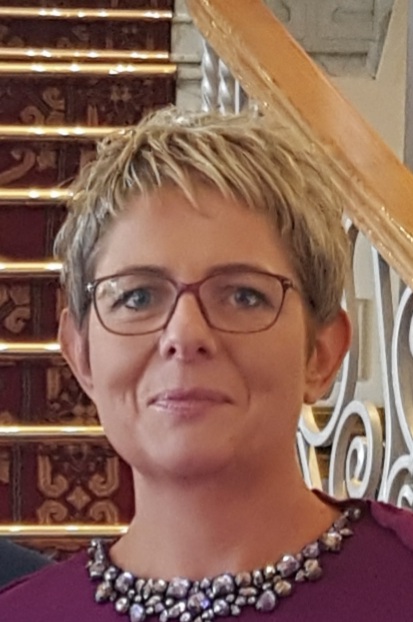#WomenEd Blogs
Women, Leadership and Sectoral Ceilings?
by Mairead Mhig Uaid @MaireadMhigUaid
For almost a quarter of a century, I have worked in the Irish Medium education sector in the north of Ireland/Northern Ireland. An immersion education system established here just over 50 years ago, it has doubled in size across each phase in the last 15 years to almost 7,000 pupils . Recommendations for development in 2008 by the Department of Education for Northern Ireland have seen limited progression. The sector is small and education here is a devolved issue.
Statistics pertaining to education which analyse gender and power within the region confirm that the anecdotal breakdown of staff in the Irish Medium sector closely aligns. The teaching workforce in the Irish Medium sector is predominantly female, whilst the breakdown of male (40%) and female (60%) principals is directly in line with overall figures regionally. In 2020, the education system here still only has 23% male teachers. In a sector described as ‘pioneering’, somehow females (77%) are not represented proportionately in the highest paid jobs. Burnout? The motherhood penalty?
These are not necessarily sectoral issues, however in a sector as small as the Irish Medium one, top leadership roles in schools don’t come up very often at all.
I remained in post as vice-principal for 15 years, for example, before progressing. Opportunities simply don’t come up. In this region, the concept of flexibility at the highest levels of leadership is unquestionably, unexplored, certainly in the Irish Medium sector. How far has any of the education sectors or phases locally, looked seriously at flexibility as a mechanism for securing and retaining the very best, most experienced leaders? How many more women would come forward into the role of principal, if they could do so in a flexible way, and how much stronger would any sector be as a result?

Evidently, there are reasons and circumstances around why women either don’t or can’t apply for headship, don’t or can’t interview, don’t or can’t accept the job or decide to step back from the role prematurely. And all the while, this impacts upon the quality of leadership in schools and the standards therein, in the short-term, at least. Moreover, it impacts upon the salary such a woman takes home, month after month, year after year, and eventually, upon her pension. It all adds up.
Is the education system worse off as a result? A woman certainly is, financially, at least.
Leadership opportunities exist in education outside of the school setting, of course. Following the Good Friday Agreement, funding is now available to support the Irish Medium and Integrated sectors. Thinking about bodies that support your own sector/context, ask how representative they are. How representative are they of society ? According to age? According to sex? Representation is readily accessed via a website, Google, Twitter or a Facebook page. If women work there, what roles do they hold within the organisation? In an on-line search of their photos, where are the women placed? What about younger members of staff?
Each and every picture speaks a thousand words. And Sarah Cooper’s pictures speak many, many more.
Only when an organisation has broad and balanced representation, at ALL levels, from across the society, can we begin to expect that its society is beginning to be listened to.
An organisation cannot fully represent society, if it doesn’t reflect society. Whatever society looks like in a region.
In Northern Ireland/the north of Ireland, 51% of society is female. If you are fortunate enough to work in an organisation where 51% of the workforce is female, or proportionately representative of the area you live in, shine a light on their contribution at every opportunity. Shine a light on their ideas. Name them and claim them with them and for them. Otherwise, learn to shine a light on yourself, on your own contribution, on your own ideas. Know who you are. Know your value. Know your contribution and own your contribution. Discredit plagiarism whether it is written or spoken… or silent. And build a network, of people who support setting and achieving the highest standards in education, for those who work in it and those who learn in it. Break barriers to equality and equity.
In 6 short years, WomenEd has broken many barriers and has grown into a global power for equality and equity of access to leadership roles. In Irish, we have a saying, ‘De réir a chéile a thógtar an caisleán.’ The castle of equality and equity will be built. And, with the growing dynamism of WomenEd, hopefully, it won’t take the projected 257 years to build!
When you subscribe to the blog, we will send you an e-mail when there are new updates on the site so you wouldn't miss them.



Comments